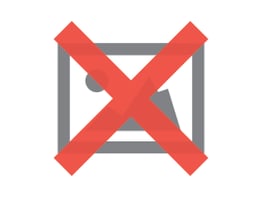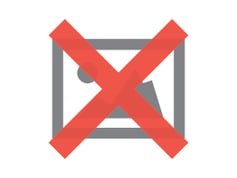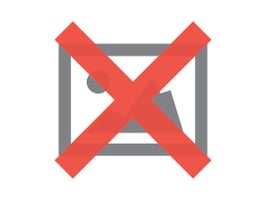5 Simple Steps to Set Product Targets for Google Shopping

Google Shopping is a great channel for Web shops, but many merchants are still struggling to figure out how to set product targets for their Product Listing Ads campaign.
We've developed a successful standard operating procedure for setting up new PLA campaigns by sticking to these five simple guidelines:
1. Start Simple: Brand & Product Type
If you are creating the first Google Shopping campaign for your shop, keep it simple. You need performance data before you can set any fancy product targets. So start getting that data in a simple way: Set product targets for each brand or each product type or each combination of the two. Don't worry whether that is the best you can do: get started and get the data you need.

2. Performance Data: Don't Spread it Too Thin
If your product targets get two conversions per month, your data is too thin. It will be weeks before you have enough statistically relevant data to change your bids and then it will be another month before you can evaluate it.
So it's great that you set 80 product targets for all 10 sneaker-types of each of your eight brands, but you buried yourself in detail. Set your product targets for brands only or product type only and start collecting the data.
There is one way to get the best of both worlds: create one adgroup for each of your eight brands and put product targets in there for each of the 10 product types. That's still 80 product targets, but you can aggregate the data on brand-level and get enough data for your first optimizations.
3. Top Performers Get Their Own Product Target
If you have a few products that make most of your sales, you should get them 'their own' product target. Don't do that for the best 100 products because you will bury yourself in data. But if five or 10 products make >50% of your revenue, you want to monitor and optimize the performance of these Product Listing Ads closely.

4. Group by Conversion Rate
Conversion rate is the single most important reason for grouping products into a single product target. If all your tennis shoes (regardless of brand) have similar conversion rates, you can group 'm together. Bidding up or down may affect impressions, but conversions happen on your site, when the customer has already arrived to your store.
So dig into Analytics and find similarities. You may find that tennis-shoe-conversion is not dependent on brand, but that the pink ones convert better than the other colors. That means that you want to create an additional product target for pink tennis shoes (set an AdWords Labels for color) and set a higher bid. You'll get more conversions and still have a lower CPA.

5. Mind Your Margin
Cash is King. You may have successfully executed the previous four steps, but always keep your eye on your Gross Margin. If your Tennis-shoes and your Tennis-socks have a similar conversion rate, you still don't want them to have the same product target: With a $20 gross margin on shoes you want to bid a lot more than for the socks with a $2 gross margin. So always combine the wisdom of the first four steps with the financial rationale of step five.
One way of ensuring that there is a fit between your bid and your margin, use AdWords grouping to group all your products based on price (or margin if you have that in your data feed). Then you can set separate product targets, with higher bids for high-margin products.








